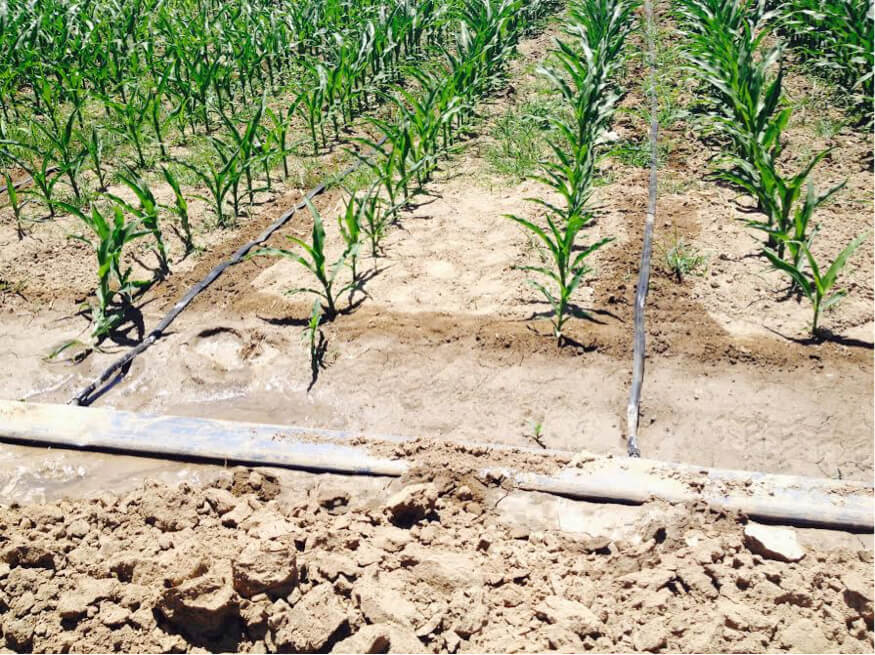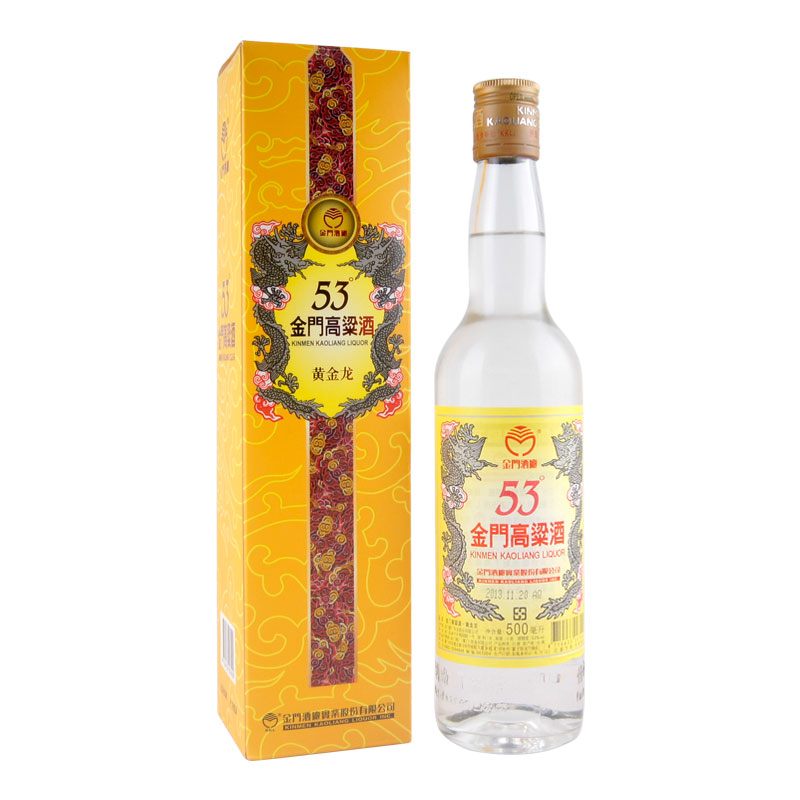Advancing the lives of 6,500 sorghum, soybeans and maize farmers in Northern Ghana
Sorghum is important for food security and as a source of income for households in Northern Ghana. It has been prioritised by Ghana’s Ministry of Food and Agriculture because it is drought tolerant and can withstand high temperatures. It is an industrial crop used as a substitute for imported barley by the formal brewing industry in Ghana.

The European Union intervention
The European Union is investing €147 million (Euros) of the 11th EDF National Indicative Plan in Ghana to promote sustainable agribusiness development in order to increase the incomes of smallholder farmers and expand opportunities for the most vulnerable, notably youth and women.
In line with the priorities of the Northern Development Authority, the European Union targets the Upper West, Savannah and North East Regions via 3 interconnected programmes:
The Productive Investments Programme, which focuses on improving access to water for agricultural production; to physical market infrastructure, roads and storage facilities; and to energy for productive uses in value chains;
The Resilient Agriculture against Climate Change (REACH) focusing on protection of natural resources to foster sustainable and inclusive improvement in the rural economy;
The Market Oriented Agricultural Programme (MOAP) under which €25 million is being invested in high-value crop value chains including sorghum. MOAP is being implemented by the MoFA and GIZ, initially in Southern regions of Ghana, but has been extended to the Northern regions since 2017 with the support of the European Union.
The intervention of Superior Raceways
Through our projects, we empower farmers and communities to foster a better, more sustainable business and lifestyle. The intervention of Superior Raceways in collaboration with Centre For Women in Agriculture and Nutrition (CWAN) and Savana Relief Services is helping 6,500 farmers in Northern Ghana to improve their sorghum, maize and soybeans harvest yields.
A pilot project is under implementation. Some of the farmers are being provided with solar powered boreholes. These farmers are using solar power to pump water into raceway fish tanks to grow catfish and tilapia, then solar-pump the fish waste-water for irrigated sorghum, soybeans and maize farming throughout the year. The farmers are using drip irrigation and double row spacing techniques towards sustainable cropping of their crops.
Functional analysis of sorghum
A multipurpose crop with high industrial potential, sorghum is an energy-rich staple with important nutrition benefits. It is gluten-free and contains essential minerals such as potassium, phosphorus and magnesium.
The milled grain is used to prepare a traditional porridge (tuo zaafi) in Ghana. Sorghum brewing to produce a traditional beer (pito) is an important cottage industry in Northern Ghana.
Production trend and crop performance
Sorghum production is mainly concentrated in Northern Ghana. Between 1960 to 1990, production increased continuously, peaking at over 387,000 tond in 1998. Since then, growth in sorghum output has trended downwards, falling to 278,000 tond in 2018. Though it is perceived as a food security crop, sorghum prices have consistently been higher than maize since 2008. In 2010, for instance, maize was about 25% cheaper than sorghum whilst in 2017 it was close to 35% cheaper. This may be one of the reasons why maize is overtaking sorghum in terms of relative importance in the food systems in Northern Ghana.
Key factors affecting the sorghum value chain performance in Ghana
Among the key factors affecting the sorghum Value Chain performance is the low average yield, between 0.5 to 1.2 tons per hectare in Ghana. In comparison, the average yield for sorghum is substantially higher in Botswana (about 5 tons per hectare) as well as in Ethiopia and Uganda (about 2 tons per hectare). Nevertheless, evidence shows that when farmers apply inputs, even at lower levels, the impact on yield is substantial.
Superior drip irrigation can increase sorghum harvest yields threefold

With drip irrigation, farmers can increase their sorghum harvest yields threefold as compared to rainfed farming. Drip irrigation increases leaf area index and radiation use efficiency.
Double row spacing can double sorghum harvest yields
Farmers can double their sorghum harvest yields under double row spacing compared to the standard planting pattern of single row spacing.
Sorghum is an Industrial raw material
The use of sorghum grain as a local raw material in the industrial brewery sector is saving about 6.6 million Euros in imports of malt barley in Ghana.
Growth inclusiveness and employment
The sorghum value chain sustains over 180,000 jobs in Ghana, including self-employment opportunities for Small Holder Farmers as well as people engaged in sorghum grain distribution (collectors, aggregators and retailers). There are also over 5,500 self-employed pito brewers, in a sector which employs about 15,000 low-wage workers, almost all women.
Superior Raceways is helping add value to maize, soybeans and sorghum in Northern Ghana
Sorghum is the fifth most important crop worldwide. It is used to make porridge, flatbread, puffed sorghum, couscous, syrup soft drinks, beer and strong spirits. It is also used for gluten-free foods. It is very fatty so it has to go through stabilization processes to extend its shelf life. Some varieties also have high levels of tannins in their seed coats.
To produce sorghum flour, getting the milling process right is very important. The processes that can be used to produce sorghum flour include cleaning and hydrothermal treatment to inactivate enzymes, pearling to take away the fatty coat and extend shelf life, grinding into flour and semolina and then finally sifting and grading.
Superior Processing Technology
At Superior Raceways, we deploy the next generation of sorghum processing technology that integrates sales data with data on raw materials, energy use, storage and shipping. We use factory automation systems to increase efficiency and traceability and for a clearer look at key data.
BUY-BACK SCHEME – SORGHUM
Superior Raceways can buy all the sorghum produced by the farmers.

ESTABLISHMENT OF A FACTORY IN TAMALE TO PRODUCE SORGHUM GIN SPIRIT WITH 50% ALCOHOL
The value chain project is resulting in the establishment of a factory at Tamale to produce sorghum gin with 50% alcohol content for sales in Africa and China. Sorghum gin with 50% alcohol is very popular in China.
THE VALUE CHAIN OPERATORS FOR SORGHUM
- 6,500 Farmers
- 3 Value Chain Organisers
- 200 Village Savings and Loans
- 1 supplier of solar pumps and solar panels
- 1 supplier of fish juveniles
- 10 fish smokers
- 1 Supplier of fish tanks
- 1 borehole driller
- 5 Produce Buyers
- 1 Feed Factory Owner
- 1 Sorghum gin spirit producer
All members of the value chain will become the founding members of Ghana Aquaponics Value Chain Credit Union.
